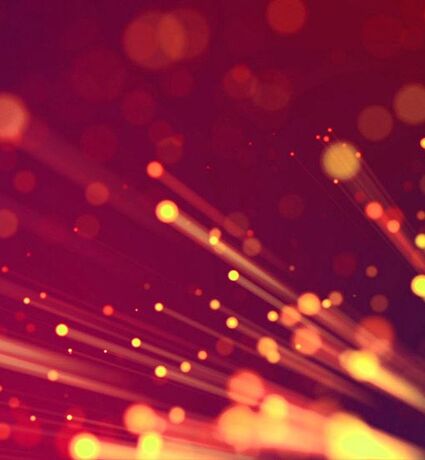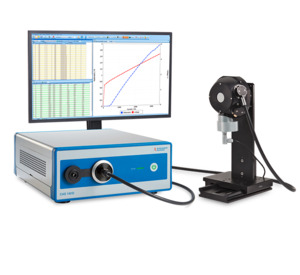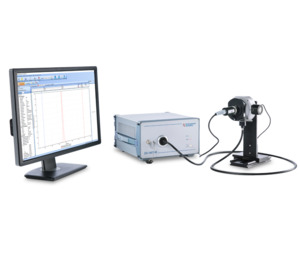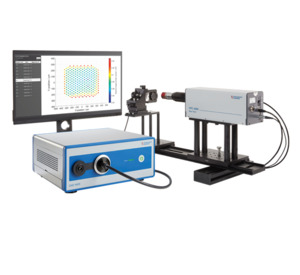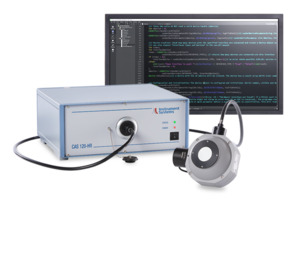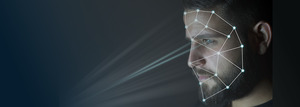New applications for IR emitters call for variable and precise methods of measurement
Electromagnetic radiation with wavelengths upwards of 780 nm that is invisible to the human eye is referred to as infrared (IR) radiation. It is ideally suitable for sensors and the transmission of data, which is its most important field of application.
The CAS 140D-IR model (780 nm – 1700 nm) is available for measurements in the IR spectral range.
Examples for applications in the IR range:
A major part of these IR applications is based on IR LEDs and IR lasers. In particular, the use of compact VCSEL arrays (surface emitting lasers) has enabled many new applications in the consumer goods market.
The challenge
Measurement challenges for IR lasers
- Narrow-band emitters require a high-resolution spectroradiometer for precise spectral measurement
- Measurement of power, homogeneity of laser arrays and spatial radiation properties in the NIR spectral range (800–1000 nm)
- Temperature dependence of the optical output requires temperature control or short pulse measurement (in the µs range)
- 3D sensing applications use the extremely short pulse sequences (ns to µs) that require fast photodiodes for measurement
Measurement challenges for IR LEDs and other broadband emitters
- Broad spectral range, to cover all applications (780–1700 nm)
- Precise measurement of different radiometric quantities requires the appropriate calibrations
- High-power LEDs require pulse measurement (in the µs to ms range) or temperature control in order to prevent temperature drift
- Measurement of spatial radiation properties and homogeneity
Our solutions: High-end systems that meet all requirements for IR measurement in the lab and production.
With our modular IR test systems we offer an extensive portfolio covering IR radiation measurement as well as other aspects related to the control of the device under test (DUT). Our key benefits are highest accuracy combined with a high modularity and therefore high flexibility that allows the measurement of IR laser / VCSEL and other IR sources as IR LEDs.
Additionally we offer systems that are specifically directed to VCSEL for 3D-sensing, such as camera-based measurement systems VTC for near- and far-field measurements.
High precision and reliability of measurement results are guaranteed in combination with high metrological competence in the calibration of all measuring systems.
What is your individual challenge? Together we will find the right solution – just ask us!
